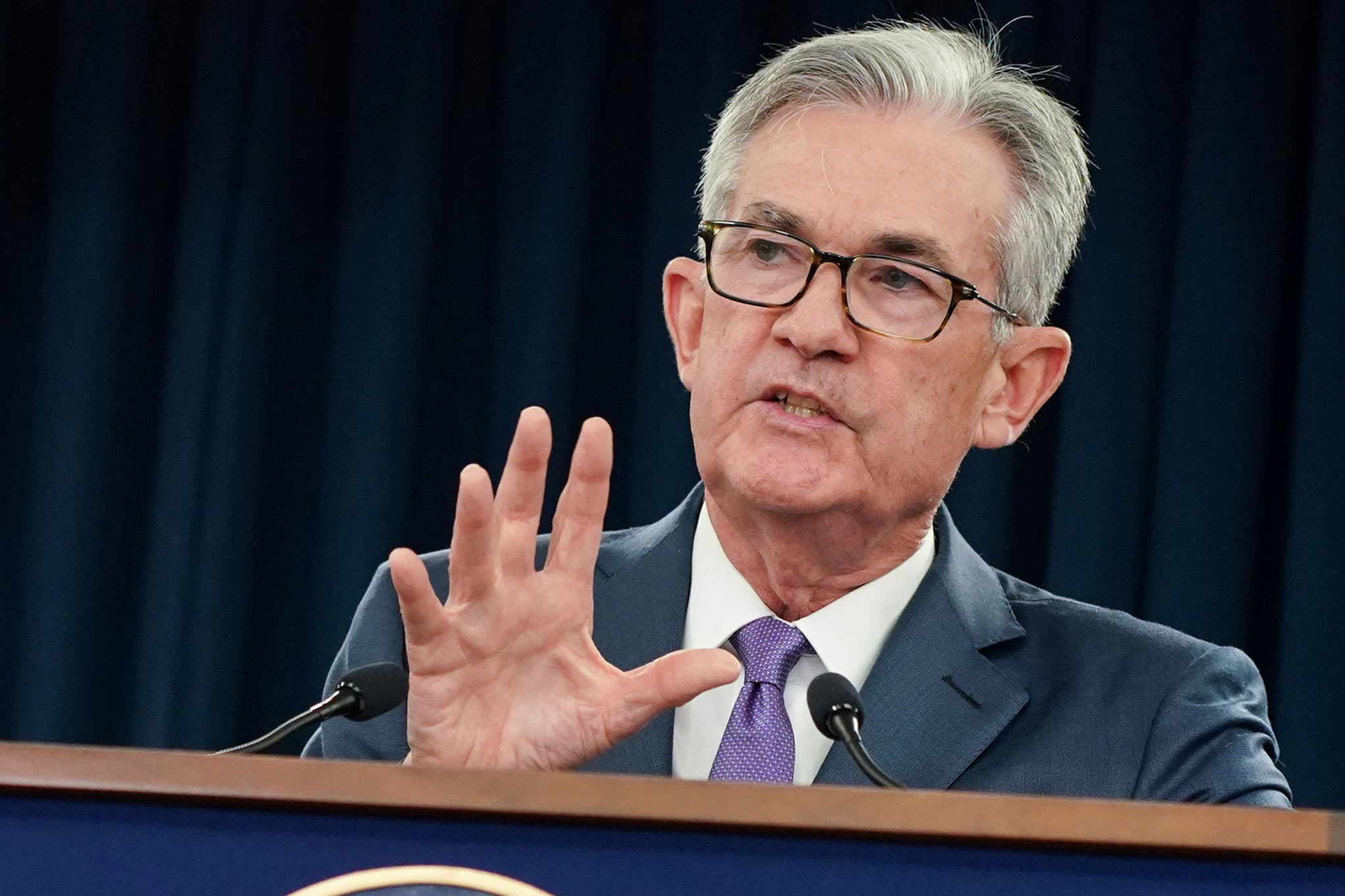Some Federal Reserve policymakers expressed concern at their most recent meeting that markets are expecting more rate cuts than the central bank intends to deliver, according to minutes released Wednesday.
The Federal Open Market Committee approved a quarter-point rate cut at the Sept. 17-18 meeting, putting the overnight funds rate in a target range of 1.75% to 2%.
But documents released after the meeting also showed sharp divisions among members about the future path of policy.
Minutes amplified those concerns, along with some worry that a market clamoring for easier monetary policy might be getting ahead of itself. The summary said that "a few participants" at the September meeting said prices in futures markets "were currently suggesting greater provision of accommodation at coming meetings than they saw as appropriate."
As things stand, markets are heavily betting that the Fed will follow up its rate cuts of July and September with another in October. Markets also see more reductions on the way in 2020.
Because of the potential misunderstanding, "it might become necessary for the Committee to seek a better alignment of market expectations regarding the policy rate path with policymakers' own expectations for that path," the minutes said.
What they left out of statement
In addition, the minutes noted that "several" participants thought the committee, in its post-meeting statement, should provide some guidance as to how long the Fed would remain accommodative due to concerns over tariffs. The final statement did not include that type of language.
The "dot plot" of member expectations released at the meeting showed that five members favored the Fed not approving any additional cuts this year after the most recent move, five more seeing an increase ahead, and seven wanting an additional cut.
The final tally among the 10 voting members saw three dissents from Fed presidents – Eric Rosengren of Boston and Esther George of Kansas City, who favored holding the line, and James Bullard of St. Louis who wanted a half-point cut. That marked the most dissenters since December 2014.
In justifying the cut, Fed officials cited concerns over slowing global growth spilling into the U.S., the ramifications from the U.S-China trade war, and persistently low inflation that had been running below the Fed's 2% target.
Trade a concern
Minutes showed that trade was the overriding concern. The issue garnered 28 mentions in the document, with members repeatedly expressing concerns about the impact tariffs were having on business activity.
Members said that while they saw U.S. growth as generally solid, the forecast risks "were tilted to the downside."
"Important factors in that assessment were that international trade tensions and foreign economic developments seemed more likely to move in directions that could have significant negative effects on the U.S. economy than to resolve more favorably than assumed," the minutes said.
"In addition, softness in business investment and manufacturing so far this year was seen as pointing to the possibility of a more substantial slowing in economic growth than the staff projected. The risks to the inflation projection were also viewed as having a downward skew, in part because of the downside risks to the forecast for economic activity," the summary continued.
Officials also noted that "a clearer picture of protracted weakness in investment spending, manufacturing production, and exports had emerged" and members also were watching the yield curve inversion, a reliable indicator that a recession is ahead.
Still, members noted current conditions remain strong, with "robust" consumption and an employment picture that continued to improve.
Those who favored holding the line worried about financial stability risks that low interest rates posed. Others also stated concern that cutting rates now would leave the Fed little wiggle room the next time a slowdown emerged.
Repo discussion
Fed officials also discussed the recent upset in overnight lending markets that resulted in a spike in short-term rates. The central bank addressed the issue with several temporary liquidity actions aimed at stabilizing the market.
Members said future discussions about the proper size of bank reserves would be appropriate.
In a speech Tuesday, Fed Chairman Jerome Powell said the central bank likely will start repurchasing Treasury bills as part of a move to grow the balance sheet and reserves. Members also suggested looking into a standing repo facility to address funding issues.
The minutes stressed, as did Powell, the importance of distinguishing that type of balance sheet growth from the quantitative easing programs the Fed used during and after the financial crisis.


